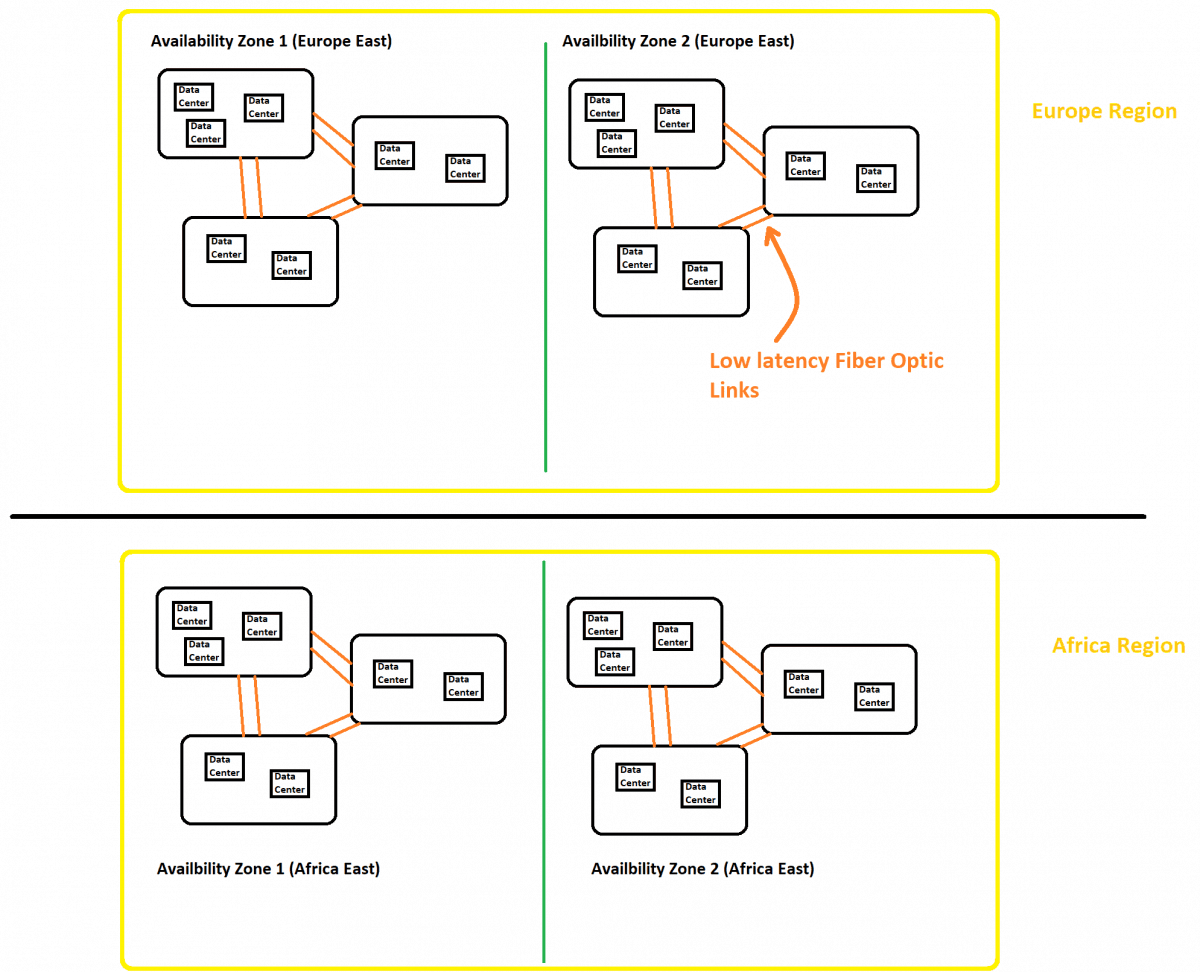Previously we went over the basics on what the Cloud is, see the article below for a review.
Now we will dive into how the cloud providers distribute these services across the planet.
Before we dive in, lets pick a provider as an example so we can explore how they do it, as of 4/2020 the dominant player in the cloud market is Amazon AWS. I will be referring to their KB and Docs in this article.
Where is the Cloud?
When you sign up for AWS and launch a service (for example EC2 which gives you a Virtual Computer), remember that somewhere on the planet a physical computer inside a Datacenter spins up and deploys the software or system for you to configure.
Single Large Datacenters, or Collections of Datacenters make up Availability Zones.
Multiple Availability Zones make up a Region.
The Datacenters in each region are connected via high speed fiber links and resources can be replicated so if one fails the entire Availability Zone can keep redundancy.

Think about it like this. Each Datacenter is akin to a House on a Block, multiple houses exist per block. If one house falls, whats inside can be moved to another house, all on the same block, making them high availability places within a short distance apart. This is what an Availability Zone is.
Going with the same analogy multiple Blocks in one distinct area make up a Region. The distinction between regions is their geographical proximity. If a natural disaster or major ISP outage were to occur in one region of the planet, another one can take up the load.

